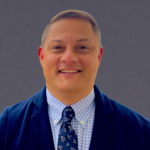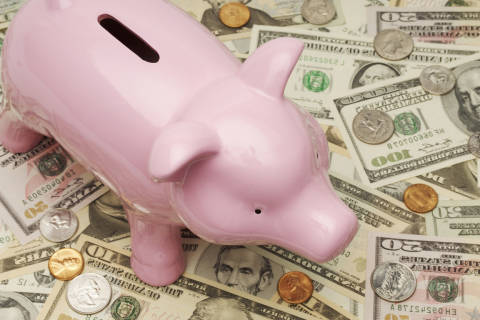Nearly half of Americans said they would need to make $100,000 a year to live comfortably, according to a new financial freedom survey from Bankrate.
An additional 26% said that’s not enough, and they’d need to bring home $150,000 a year to achieve that feeling.
While some may raise their eyebrows at needing $150,000 just to feel comfortable, Bankrate analyst and U.S. economy reporter Sarah Foster said the data tells a different story.
“In many cities, $150K is actually considered middle class and especially in high-cost areas where maybe people are paying expensive rent or mortgages,” Foster said.
She pointed out that the research shows the more someone makes, the more they feel they need to make to live comfortably.
“I think it’s very accurate to say that we’re always chasing that next 15 to $20,000. We’re kind of on this perpetual treadmill,” Foster said with a laugh.
Now, living comfortably is not the same as being worry-free about money.
“That might still mean you worry a little bit, but at least being able to cover your bills, have something set aside for future expenses and maybe having a little bit of fun every now and then,” Foster said.
The survey showed even though the inflation rate has dropped from a 2022 high, 75% of Americans said they are not finally secure.
According to the U.S. Census, the average full-time, year-round worker made $81,515 in 2023. Which is a chunk less than $100,000 and nearly half of the $150,000 that 26% said they would need to feel comfortable.
The survey showed only 29% of American adults believe their version of the American dream is likely for them in today’s economy.
But Foster said there is a way for someone who doesn’t earn six figures a year to achieve financial freedom.
The analyst said you should start by asking yourself what your version of comfort is. The next step is to make a list of the expenses, the budget you have and how much you’d ideally like to be saving for emergencies and retirement.
“Then, you kind of had that stepping stone and that ladder of what you’d like to get toward,” Foster said.
While the process can feel overwhelming when you start, Foster advised to start small. Instead of saving for six months of emergencies in the future, instead focus on saving the first $50.
“Getting in that habit is what’s going to pay dividends over the long term,” she said.
Get breaking news and daily headlines delivered to your email inbox by signing up here.
© 2025 WTOP. All Rights Reserved. This website is not intended for users located within the European Economic Area.








